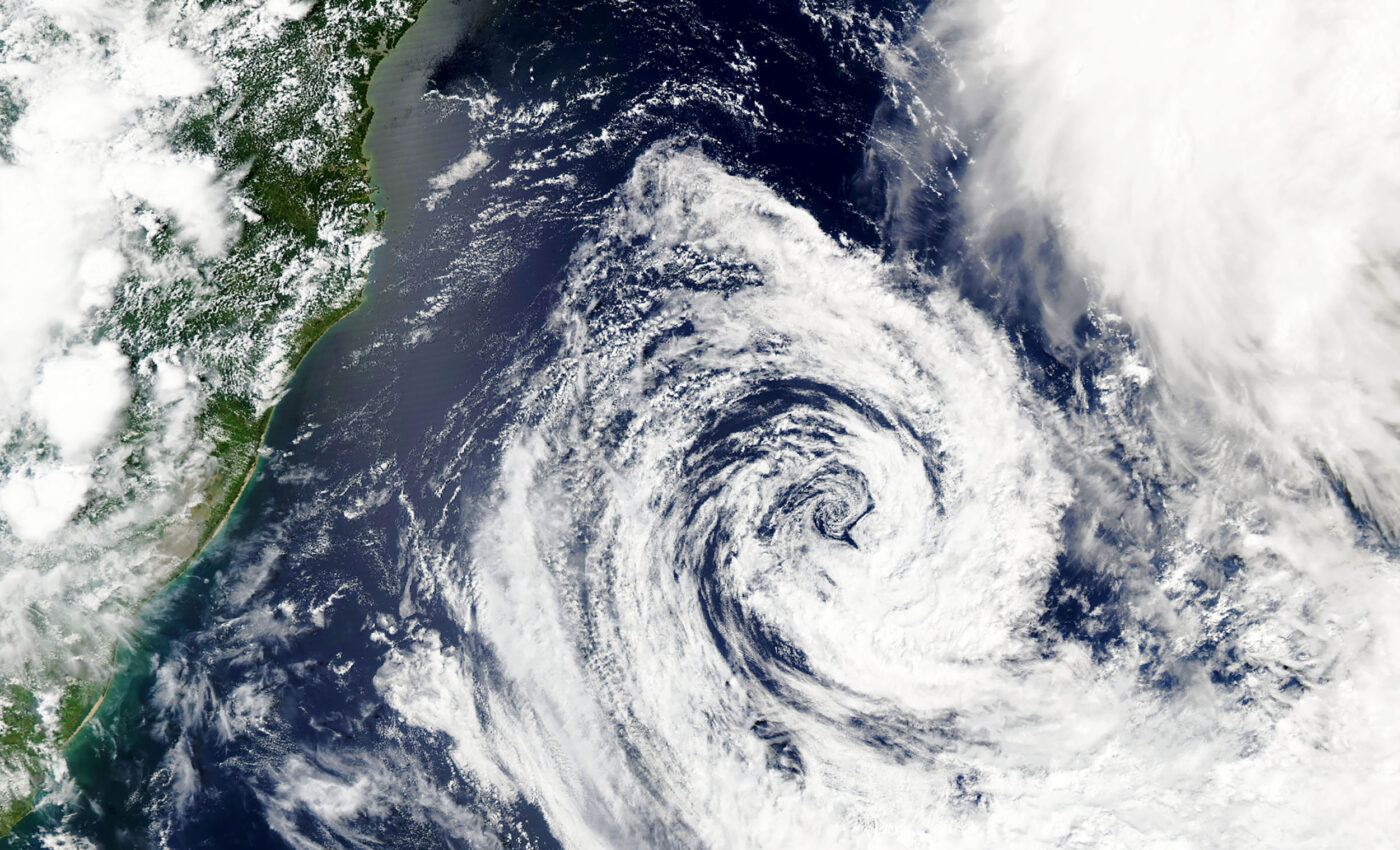
Akará: Rare tropical storm develops off the coast of Brazil
In the typically calm waters of the South Atlantic Ocean, the formation of tropical storms is an unusual occurrence. However, in mid-February 2024, Tropical Storm Akará emerged off the coast of Brazil, marking a rare event in meteorological records.
According to NASA, the story began on February 15, when a stalled front of low pressure started to develop. This front transformed into a subtropical depression by February 16, fueled by a significant influx of tropical moisture from the north.
Tropical Storm Akará is born
The researchers at NOAA’s Cooperative Institute for Meteorological Satellite Studies (CIMSS) have been closely monitoring this development. The depression gained strength and headed southward.
By the evening of February 18, the Brazilian Navy Hydrographic Center recognized the severity of the situation, upgrading the disturbance to Tropical Storm Akará. At this stage, Akará boasted sustained winds reaching up to 40 miles per hour.
NASA’s Aqua satellite, equipped with the MODIS instrument, captured a detailed image of Akará on February 19. The storm was then located approximately 560 miles southeast of São Paulo, showcasing its significant size and strength from a distance.
History of tropical storms in the South Atlantic
Historically, the South Atlantic has been a quiet zone for tropical cyclones, mainly due to high wind shear and the absence of easterly waves from northern Africa, which are crucial for cyclone formation in the North Atlantic.
This tranquility was disrupted in 2004 when a rare tropical cyclone, later named Catarina, made landfall in Brazil’s Santa Catarina state as a category I hurricane.
This event marked the first hurricane in the South Atlantic recorded by satellite, highlighting a significant gap in local meteorological monitoring capabilities at the time.
Since the surprising appearance of Catarina, meteorologists have paid more attention to this region, leading to the identification of three additional tropical storms since 2015: Iba in 2019, 01Q in 2021, and now Tropical Storm Akará in 2024.
Lessons learned from Tropical Storm Akará
The occurrence of Akará underscores a continuing trend of warm sea surface temperatures in the region, which have persisted for several months.
According to experts from Yale Climate Connections, the temperatures near Tropical Storm Akará were about 0.5 degrees Celsius above average, reaching the minimum threshold necessary for tropical storm formation.
This anomaly is indicative of the broader effects of climate change, reflecting a shift in patterns that could herald more frequent tropical activity in the South Atlantic.
Tropical Storm Akará is expected to remain a marine event, with its main impact on land being high surf conditions along the southern coast of Rio de Janeiro. The storm is forecasted to weaken as it moves into cooler southern waters, reducing the threat of significant impact on populated areas.
What this means for global climate patterns
In the face of climate change, researchers are observing shifts in tropical storm patterns, including increased intensity and frequency.
Understanding these trends is vital for future preparedness and highlights the importance of global efforts to mitigate climate change.
The emergence of Tropical Storm Akará serves as a reminder of the dynamic and changing nature of our climate. It underscores the importance of continuous monitoring and research to better understand these rare events and their potential implications for weather patterns globally.
Tropical storms remind us of the power of nature and the importance of respect and preparedness. Through scientific advancement and community resilience, humanity continues to navigate the challenges posed by these dynamic natural phenomena.
As we witness these unusual phenomena, the lessons learned will be crucial in enhancing forecasting techniques and preparedness for future tropical storms, even in regions where they have traditionally been considered anomalies.
—–
Like what you read? Subscribe to our newsletter for engaging articles, exclusive content, and the latest updates.
—–
Check us out on EarthSnap, a free app brought to you by Eric Ralls and Earth.com.
—–













